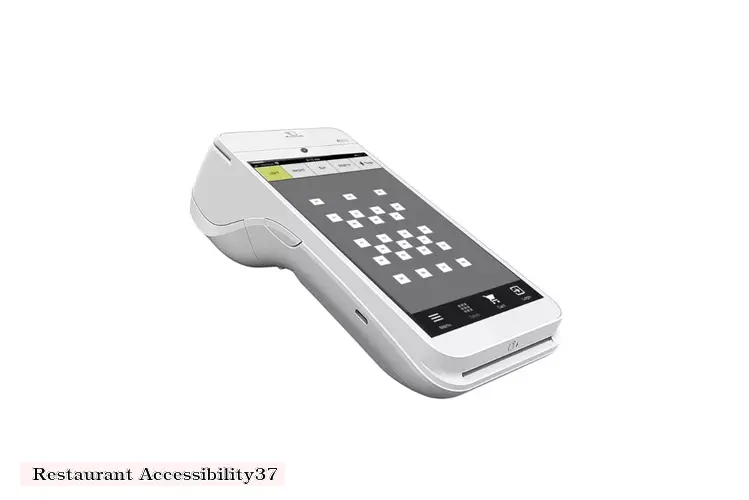

Introduction:
In today's inclusive society, accessibility is paramount in all aspects of life, including dining. Restaurants have a responsibility to ensure that their establishments are accessible to all patrons, regardless of their abilities or disabilities.
Legal Requirements:
In many countries, there are legal requirements for restaurants to provide accessible facilities. These requirements vary depending on the jurisdiction, but generally include:
Benefits of Accessibility:
Providing accessible facilities not only meets legal requirements but also offers numerous benefits to restaurants:
Best Practices for Accessibility:
To ensure optimal accessibility, restaurants should consider the following best practices:
Conclusion:
Restaurant accessibility is not merely a legal requirement but an essential aspect of providing an inclusive and welcoming dining experience. By prioritizing accessibility, restaurants can expand their customer base, enhance their reputation, and create a positive environment for all patrons.
DISCLAIMER: This information is provided for general informational purposes only, and publication does not constitute an endorsement. Kwick365 does not warrant the accuracy or completeness of any information, text, graphics, links, or other items contained within this content. Kwick365 does not guarantee you will achieve any specific results if you follow any advice herein. It may be advisable for you to consult with a professional such as a lawyer, accountant, or business advisor for advice specific to your situation.
today
Copyright © 2025 Kwick365.com
Designed by KwickPOS is the best restaurant POS